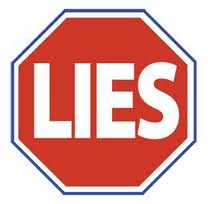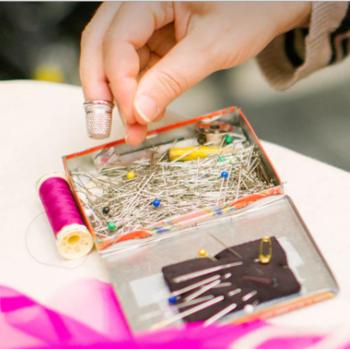I Was Addicted to Sex and Could Never Get Enough
My name is Jeff and I am a recovering sex addict. It all started when I lived at home with my parents. My father was and still is a sex addict and alcoholic to this day. I can remember when my mother would go to bed, my father would turn on the cable adult channels and allow me to watch them with him. He also had pin up posters and other adult stuff in the household. My father was verbally abusive to us and my mother. After 23 years, my father walked out on all of us. I moved out shortly after, when I turned 18. I lived from place to place and I would hang out with my friends during the week and watch porno movies and drink beer. On the weekends we would go to clubs and try to pick up on girls to have sex with. All I wanted was sex. Little did I know that the craving and the snares of Satan began there.

I slept with a lot of women and could never get enough. I was married at 26, only to last 9 months. I could not be loyal to one woman. A year later I married again but the problems did not stop. I became addicted to pornography on the internet. I was spending at least 18-24 hours a week on the net. I met women, had sex with them and I got deeper and deeper into it. My wife became saved, and I did shortly after but it did not even stop there. I was so bound to my addiction. I had an affair on my wife again and this time I confessed to her. Things were better for a while but I found myself back on the net again.
I Was Addicted to Sex and Could Never Get Enough Read More »









